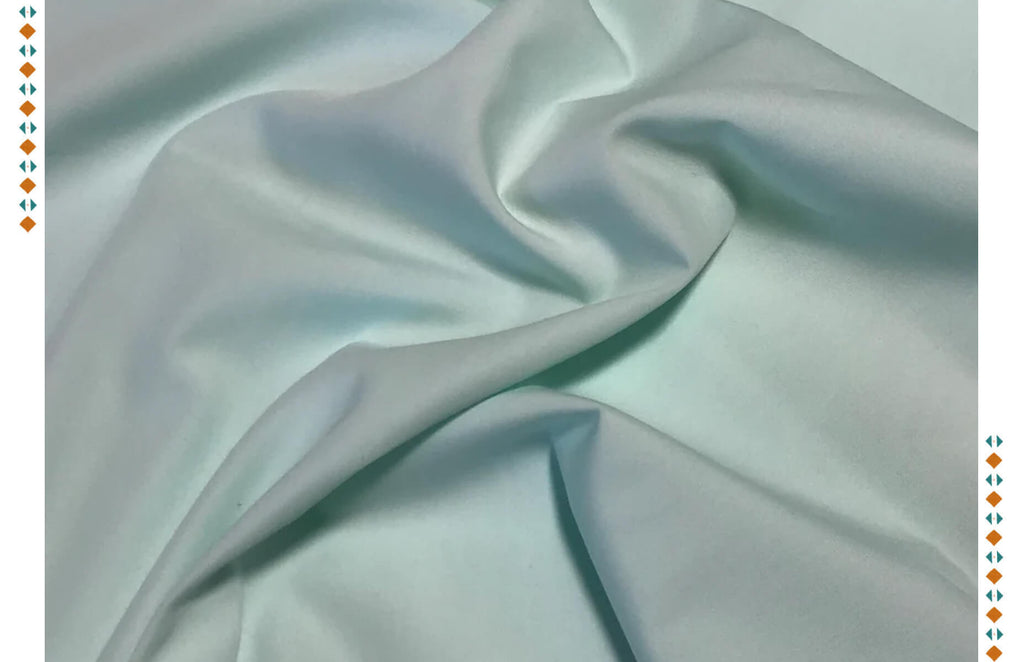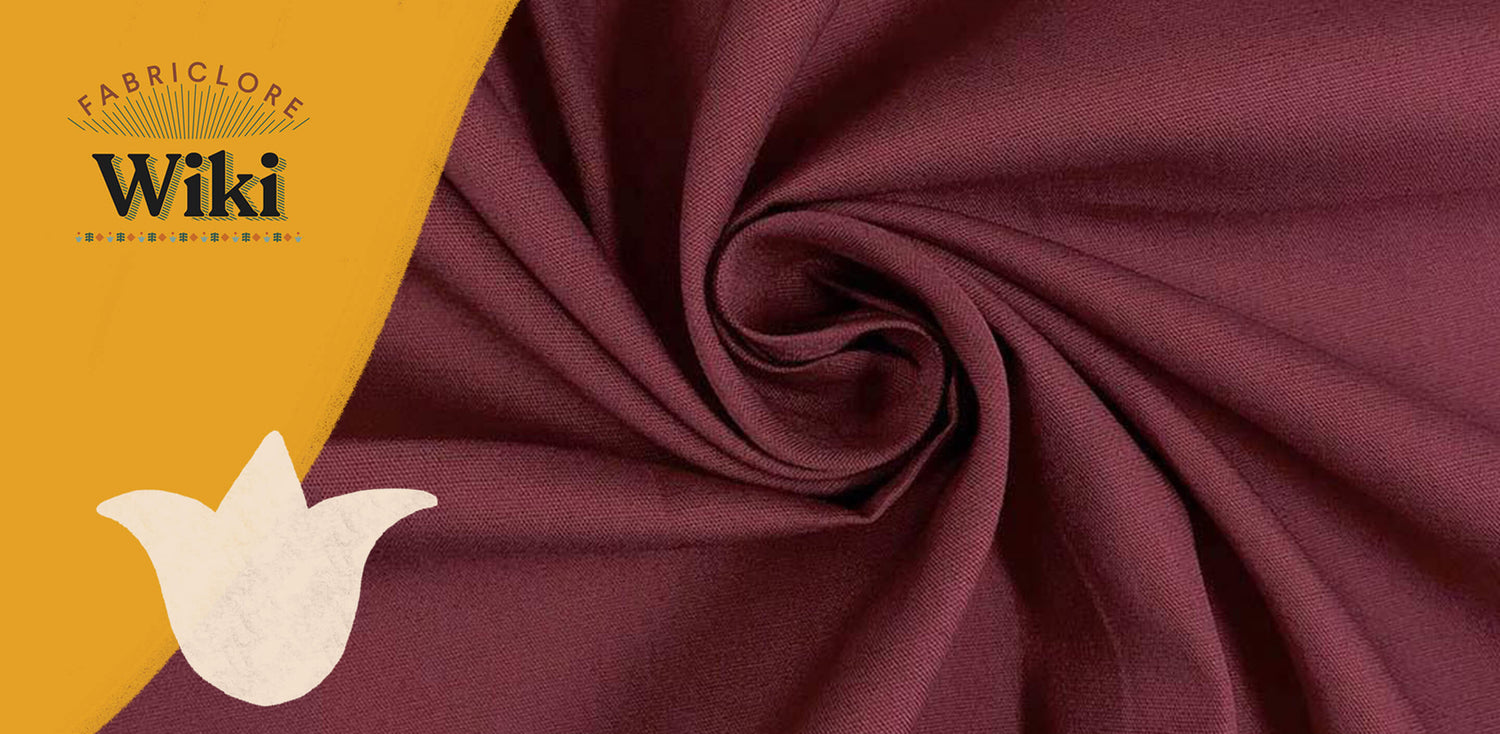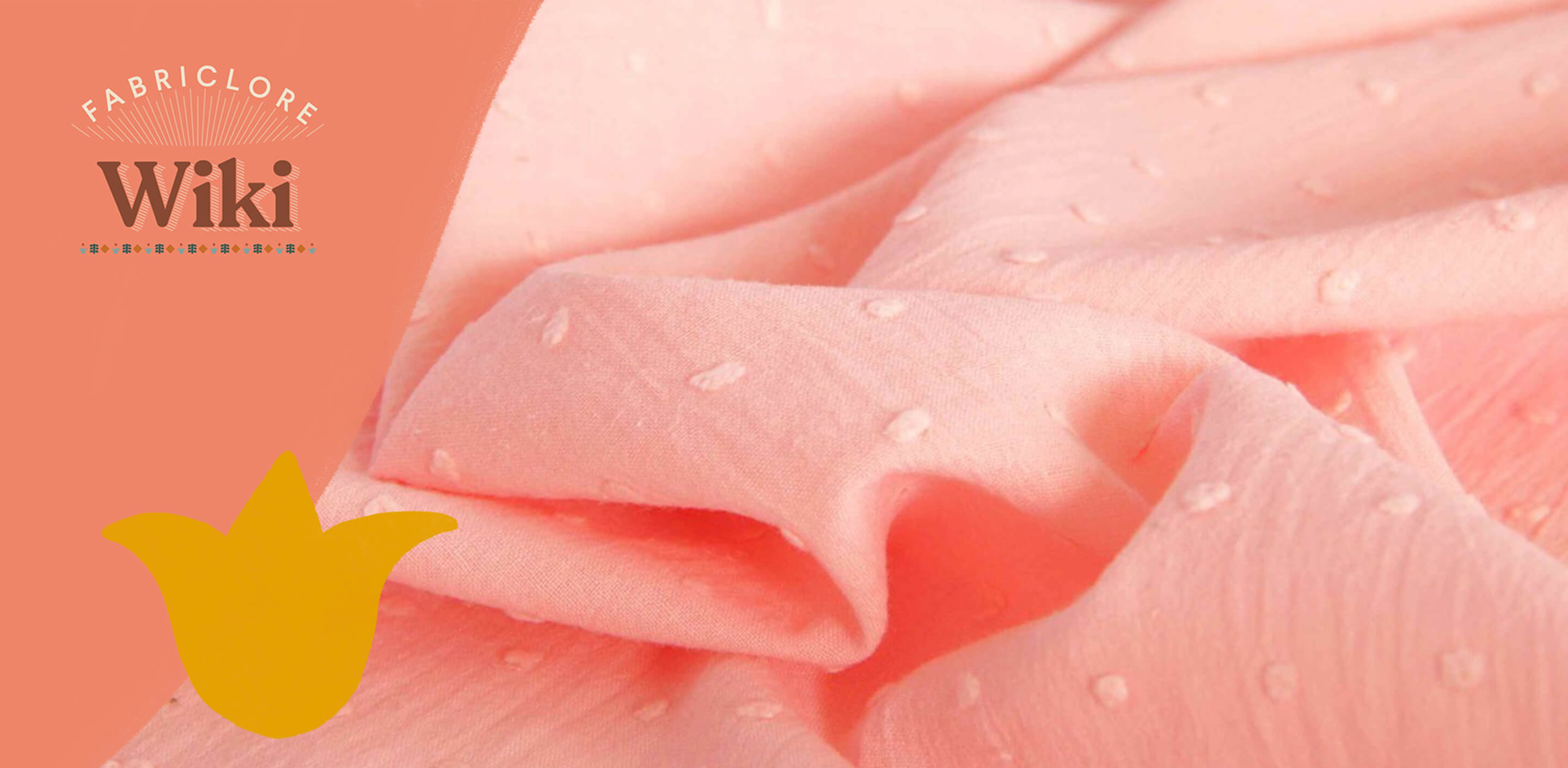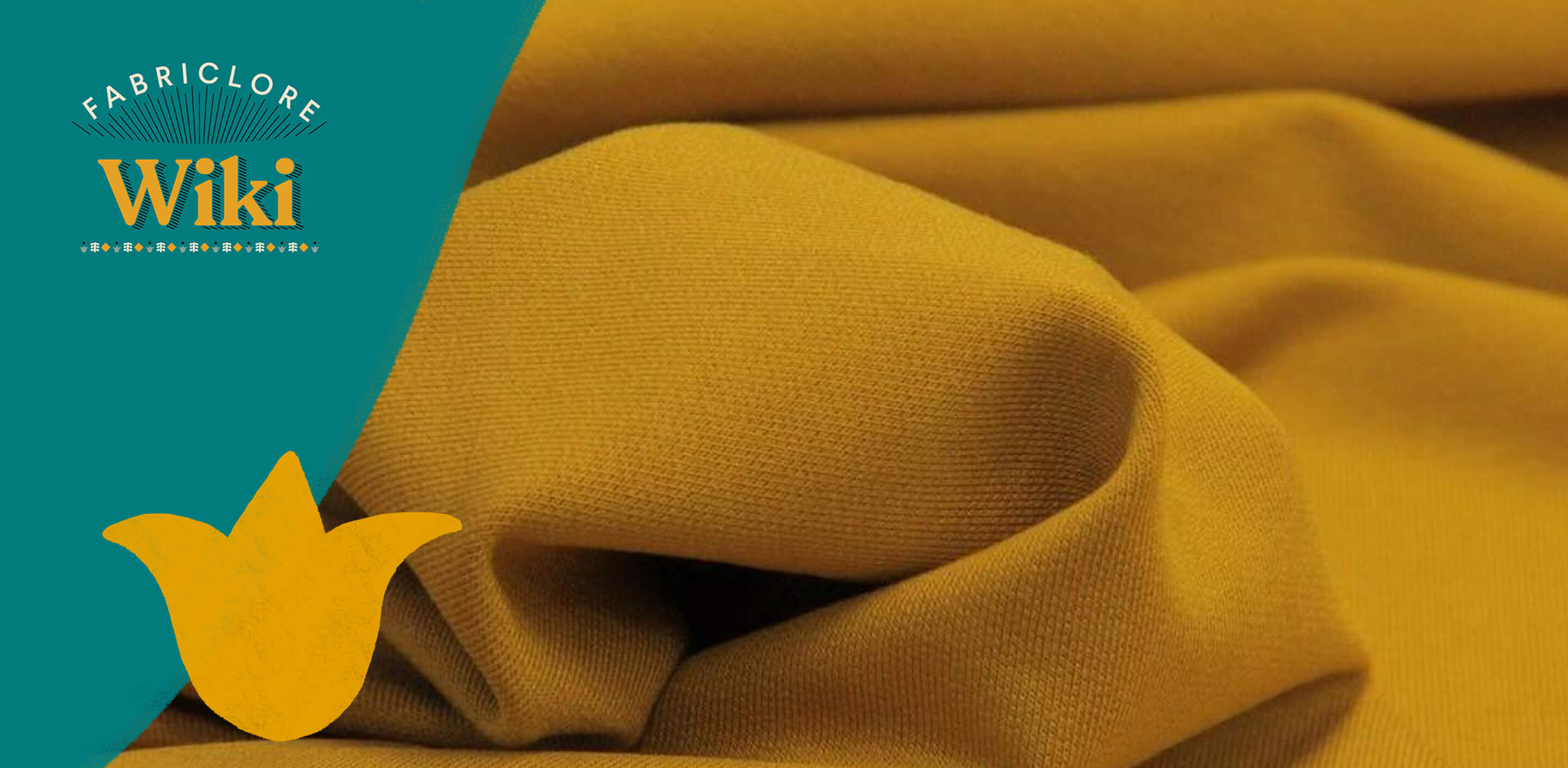What is Broad Cloth?
- Fabric with a medium weight, imbalanced plain weave, and fine ribs is referred to as broadcloth. It is woven quite tightly, which contributes to the particular brilliance.
- Poplin is another name for this fabric that is often used in British culture.
- Weaving broadcloth required looms with widths of between 45 and 60 inches, which are comparable to the looms used today. Because of this, the term "broadcloth" came to be derived from the word "broadloom."
- There are a variety of materials that may be used to make broadcloth; however, wool and cotton are perhaps the most common ones. In addition to cotton, silk, polyester, and rayon are often used while manufacturing broadcloth materials.

History
- Wool was traditionally used in the production of broadcloth.
- This fabric was first woven wider than its desired width, and then, using trip hammers, it was hammered over in hot soapy water until it shrunk to its required width.
- By bringing the yarns into closer proximity with one another, this milling technique attempted to make the material denser. The loom was not capable of producing this consistent densely woven fabric.
- Additionally, as part of this process of felting, the various fibers of the wool were linked together, resulting in the production of a dense and opaque face cloth.
- The material produced was very resistant to the elements, had a rigid drape, and could have its edges trimmed without needing further hemming.
- This substance was first created in Flanders, and its production began in the 11th century and continued through the middle ages.
- In the early 1920s, a variant of this fabric made in the United Kingdom entered the market in the United States of America through import.
- However, this version was a mercerized, plain-woven fabric that was either composed entirely of cotton or a combination of cotton and polyester. This treatment gave the fabric a sheen similar to that of silk, improved its rip strength and dye absorption, and reduced the amount of shrinkage that occurred.
- This fabric, which was woven with a filler yarn that was denser than wool, was used mainly for the production of shirts. It was also known as poplin by the people who imported it, but later on, its name was changed to broadcloth since its prior term was thought to imply that the fabric was heavy.
- The term "broadcloth" is still used to refer to an altogether different kind of fabric throughout Europe. A fabric made of wool that has a close weave and is finished with a smooth surface.

What Makes it Stand Out
|
Texture |
The fabric is soft as it is blended with different fibers. |
|
Fall |
It drapes well around the body giving comfort. |
|
Shine |
Due to the blend of silk fibers it has a slight luster. |
|
Sheer |
Broadcloth is opaque and thick in touch. |
Applications & Usage
|
Clothing |
|
|
Accessories |
Bags, purses, etc. |
|
Home-furnishing |
Curtains, bed sheets, bed linings, etc. |
Care Instructions
- It is recommended that broadcloth textiles that are produced from a blend of silk and/or polyester be hand washed whenever possible.
- Cotton broadcloth can be washed in machines without any problems.
- The fabric must be air-dried.
- Iron over a heat that is not too high.

We also happen to be a magnet for suggestions, and would love to catch yours….throw us yours on hello@fabriclore.com




